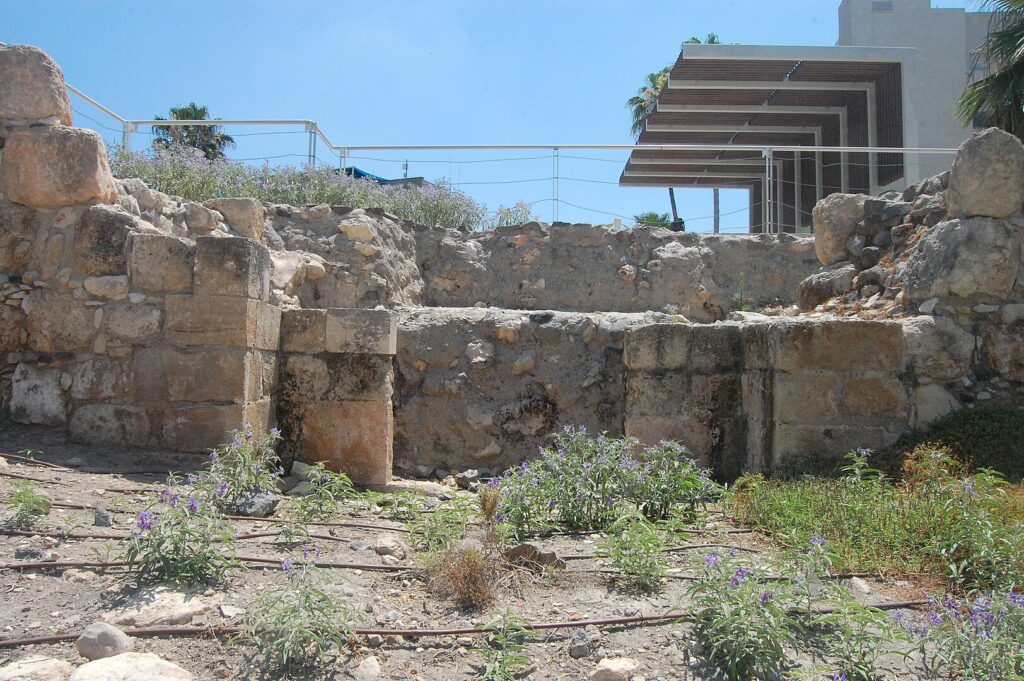Location and Identification
Afula, located in the western Jezreel Valley, is an ancient mound within the modern town of Afula. The early settlement, originally about 6 acres, has mostly been lost to modern development.


History
Afula’s history dates back to the Ghassulian culture, with continuous settlement from the Chalcolithic period through the Early and Middle Bronze Ages. It was a small settlement in Manasseh’s territory during later periods, and its name is possibly mentioned in the Egyptian Execration texts from the 19th century BCE.
Biblical Context
In the Bible, Afula is possibly referred to as a “daughter” of Megiddo within the territory of Manasseh (Joshua 17:11). It is thought to be the same as the Arbela mentioned by Eusebius.
Excavations
Excavations in the 1920s and 1930s by E. L. Sukenik and others revealed various periods of habitation. Further excavations in the southern part of the mound were conducted by I. Ben-Dor and M. Dothan in the 1950s.
Findings
Key findings include:
- Early Bronze Age III Khirbet Kerak ware in graves.
- Middle Bronze Age II structures, including pottery kilns and a planned settlement with streets and buildings.
- Iron Age IIA-B buildings and cemeteries, with Philistine pottery indicating cultural influences.
- A gap in settlement from the Late Bronze Age II to the Hellenistic period.
- Late Chalcolithic to Early Bronze Age I artifacts including gray-burnished carinated bowls and jars with band slip decoration.
- Remains from the Roman period and a Crusader fortress.
Sources
Stern, Ephraim-New Encyclopedia of Archaeological Excavations in the Holy Land 2-Israel Exploration Society (1993)

